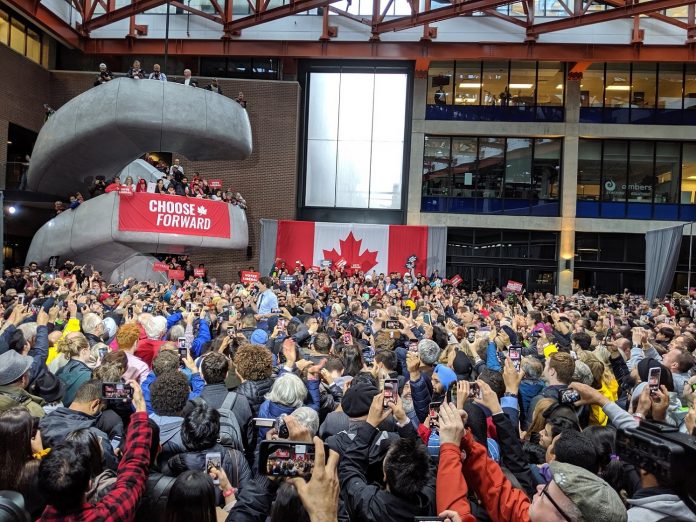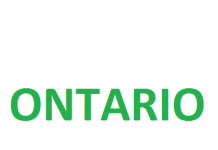IN our final poll for the 43rd federal election campaign, we are predicting that the Liberals will capture the most seats on Monday.
Given the trends over the past week and the regional patterns, we feel comfortable that the Liberals are going to win with at least a strong minority.
However, the distribution of Liberal support is extremely seat-efficient and there is still a strong possibility that the party could eke out a bare majority tomorrow (Monday). Momentum seems to be favouring the Liberals, who have been steadily edging upward in the past week, while the Conservative Party has seen a monotonic decline.

The Liberal lead is now holding steady at 4.2 points and we offer our final two- and three-day roll-ups as an annex. The NDP and the Bloc Québécois saw significant rises in the days following the debates, but the NDP appears to have plateaued and the Bloc seems to be falling back.
Liberals: 34.2%
Conservatives: 30%
NDP: 18.3%
Bloc Quebecois: 5%
Green Party: 8.1%
People’s Party: 3.5%
Other: 0.8%
Regionally, we expect the Liberals will win a majority of seats in Ontario and Quebec.
The Conservatives, meanwhile, will sweep Alberta and Saskatchewan.
We suspect that the unusual results we found in Atlantic Canada are a product of the small sample size; our prediction is that the Liberals will capture a majority of the seats there, but will not reproduce their 2015 sweep of the region.
Our final projected seat tallies are as follows (note that we will be putting a seat-by-seat forecast based on internal polling, historical patterns, and other manual adjustments that may not line up with these figures):
Liberals: 163
Conservatives: 110
NDP: 32
BQ: 27
Greens: 4
PPC: 1
Other: 1
There remain a few key areas of uncertainty which could affect the final outcome.
Of course, there is British Columbia, which is a confused four-way race and our ability to offer firm predictions there is quite limited.
Next up is Quebec, where we have seen some last-minute shifts from the Liberals to the Bloc.
Finally, the NDP’s rise among working class voters in Ontario may introduce vote splitting that could assist the Conservatives in some of the key suburban ridings. Interestingly, the NDP rise in support among the working class mirrors the Conservative decline with these voters.
The field dates for this survey are October 17-20. In total, a random sample of 1,994 Canadian adults aged 18 and over responded to the survey. The margin of error associated with the total sample is +/- 2.2 percentage points, 19 times out of 20.













